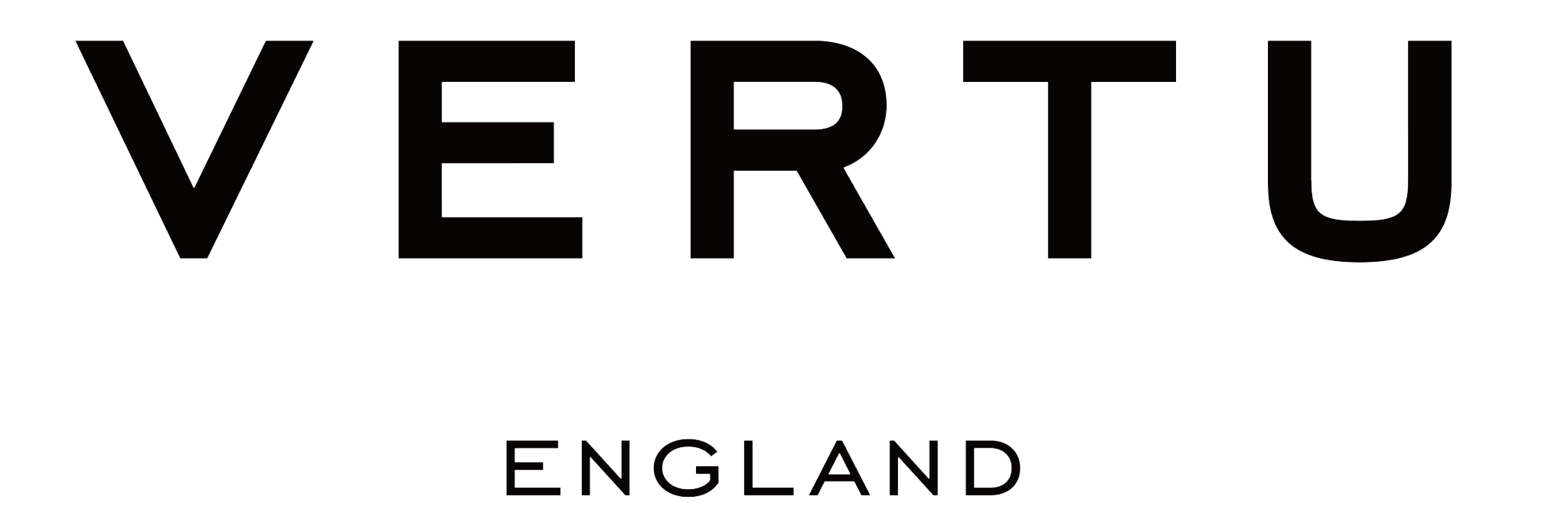Since the speculative frenzy has subsided, where will Bored Apes, Doodles, Azukis, and other PFPs go from here?
PFPs are now plummeting in value. They were once the darlings of the NFT space and have taken a huge hit in recent months. A Bored Ape once worth $400,000 is now worth only $100,000. There is a reason for this. The speculative frenzy that triggered dopamine has faded, so PFPs have been struggling to find their proper place in the world.
No one expected them to explode like they did last year. PFPs (Profile Picture) are our digital identities that connect us through NFTs. They are not just a picture; they are also symbolic representations of community, culture, and social membership. At least, that’s what we thought.
Now that our rose-tinted glasses have been put away, we must figure out: what’s next? What should we do with these ugly monkey pictures?
All PFP NFT projects need to seriously consider the following three points to survive:
- How do you bridge the gap from Web3 to the real world? What is your bridge?
Today, most PFPs are similar to exclusive country clubs. What is the cost of entry? 7E or whatever the floor price is today? Country clubs gather like-minded people together in a socially friendly environment. Membership in a country club gives you certain privileges, such as free access to facilities, invitations to exclusive events, and the right to vote on major decisions.
This is great. As a “country club,” PFPs can do many interesting things for their members. Free hoodies, fanny packs, bomber jackets, and limited-edition merchandise – everyone loves free stuff. In the world of Web3, where geeks and degenerates are now the cool kids, they can shape their club in the way they prefer.
But as an exclusive “country club,” you will always be trapped in your own little world. The hard truth is that the native audience of Web3 is niche. Ask any of your average friends if they have heard of Doodles, Azuki, or Clone X, and the answer is negative, almost every time. Based on the number of buying wallets, there may be <300,000 active people in NFTs today. Probably less, as many people use multiple wallets.
Today, PFPs are culturally insignificant in this world. They could disappear completely tomorrow, and the rest of the world would not shed a tear.
If PFPs want to be culturally significant, they must go out and create culture. The kind of culture the world wants to embrace. Enter people’s minds, and they will focus their attention on:
- Television
- Movies
- Pop music
- Fashion
- Gaming
- Entertainment/YouTube/TikTok
Each of these vertical industries is highly competitive, and there are corpses of failed companies everywhere. Building strong and defensible intellectual property is not easy. Success requires a magical combination of luck, timing, funding, deep expertise, and hard work. When I see teams launching NFT collections with visions of making movies, anime, or games but without team members who have deep expertise and experience in that industry, I am perplexed.
PFPs have something that non-Web3 companies do not have: the tools to cultivate a highly engaged, loyal fan base (NFTs) that will co-create and co-promote with you. They can leverage this superpower to use their community to bridge the gap to ongoing mainstream awareness.
- How do you build a sustainable revenue stream?
PFPs like Azuki, Clone X, Doodles, Cool Cats, Moonbirds, and Bored Apes have earned over $10 million in royalties in the past year. This is pure profit, with no cost of goods sold (COGS). They were lucky – they were in the right place at the right time.
However, NFT trading volumes have plummeted since the second quarter of this year. This also means that royalties have slowed down, as they are a direct function of trading volume. Given the macro headwinds in the global market, it is also unlikely that we will return to the golden days of high royalties in the near future.
For PFP teams in early 2021/2022, I would rather view their past royalty income as fundraising for their treasury rather than a true source of future recurring revenue. What’s worse: creator royalties are racing to zero, and marketplace platforms like X2Y2 have made royalties optional to increase buying demand.
PFP teams must go out and work hard to find new sustainable revenue streams like other startups. They can no longer wait for royalties to come in. Some potential business models I have been considering include:
- Licensing intellectual property/art to brands of all sizes, such as Uniqlo hoodies.
- Creating new product lines, such as merchandise and consumer products (Bored Ape coffee












